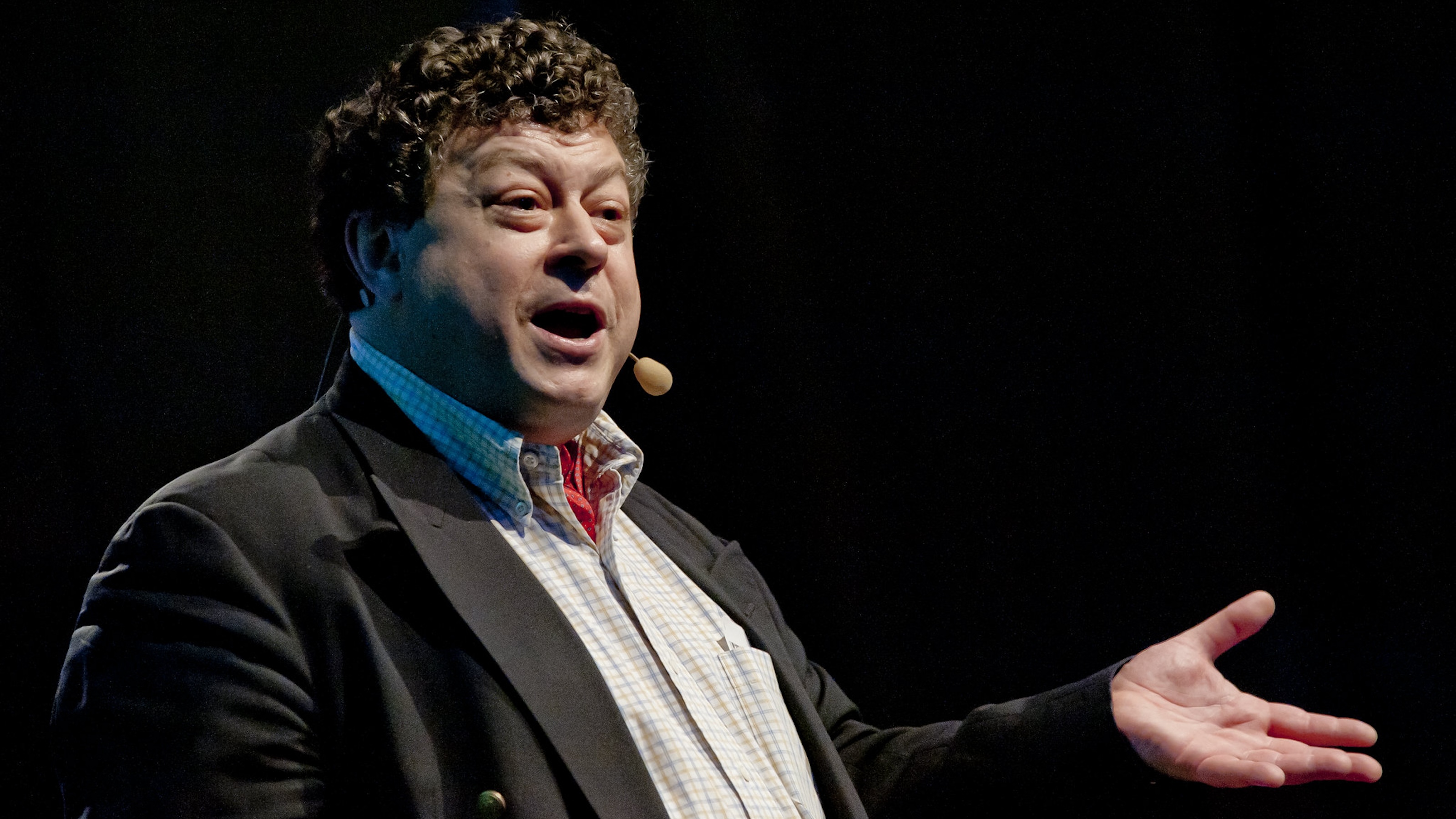In his book, George Kohlrieser explains how overcoming a hostage mindset is essential for successful leadership.
Kohlrieser: My name is Professor George Kohlrieser. I’m Professor of Leadership in Organizational Behavior at IMD in Lausanne, Switzerland. Question: What inspired “Hostage at the Table?” Kohlrieser: The idea behind the “Hostage at the Table” concept is that when we are held hostage with a gun, it’s obvious we are physical hostage, and there are people who can talk, interact even when they are held physically hostage, and as a result, get themselves free or hostage negotiators can do that. Then, the idea is that you can be a hostage even without a gun to your head, and there’re many people who do not really feel freedom of choice. They do not really feel that they can do what they want or influence what they want. This is particularly important for leaders, because leaders without a gun to their head can feel like or be in a state where they are acting as if they have a gun to their head and they are not. It can be to a colleague. It can be to a boss. It can be to a client, a customer. It can also be to themselves. So, the idea is that how do we help leaders really free up their potential, be able to truly make choices, influence and persuade, and do this without the negative states that go with being a psychological hostage.
Question: How does a leader break out of hostage situation?
Kohlrieser: The way is to really understand that you always have choice. So, that if you are in a situation where you are pressured, where you feel trapped, what you have to stop and do is go back inside and connect with how you feel. What it is that you want? And that’s why the first basic tool, the first pillar of leadership is around focus. How do I focus my mind’s eye? Now, we have to understand that the mind’s eye, part of your brain is fundamentally determined if you’re looking for positive, you’re looking for negative, if you are looking for the problems or you’re looking for the solutions. The other part of this focus is that you have to take control of it because your brain is naturally going to be looking for danger, looking for pain, looking for what’s wrong, so that to not be a hostage, to be an impactful, high-performing leader, you must do in your brain, in your mind, focusing on where you want to go. What’s interesting is that 80% of people do not do that, 80% of people are in fact looking for the danger. That’s how the brain is hardwired. And only about 20% on average are looking for where there is possibilities, where there are opportunities. Great leaders, high-performing leaders do not allow themselves to be a hostage to looking for those negatives. And so you can have a leader who build a team or builds a whole organization around people who truly are playing the wind. And playing the wind means I do not allow myself to be a hostage to my fears and to the avoidance of risk taking. Risk calculation is important, but to be able to focus on where you want to go and then bring people with you, that’s one of the true characteristics of a high-performing leader.





